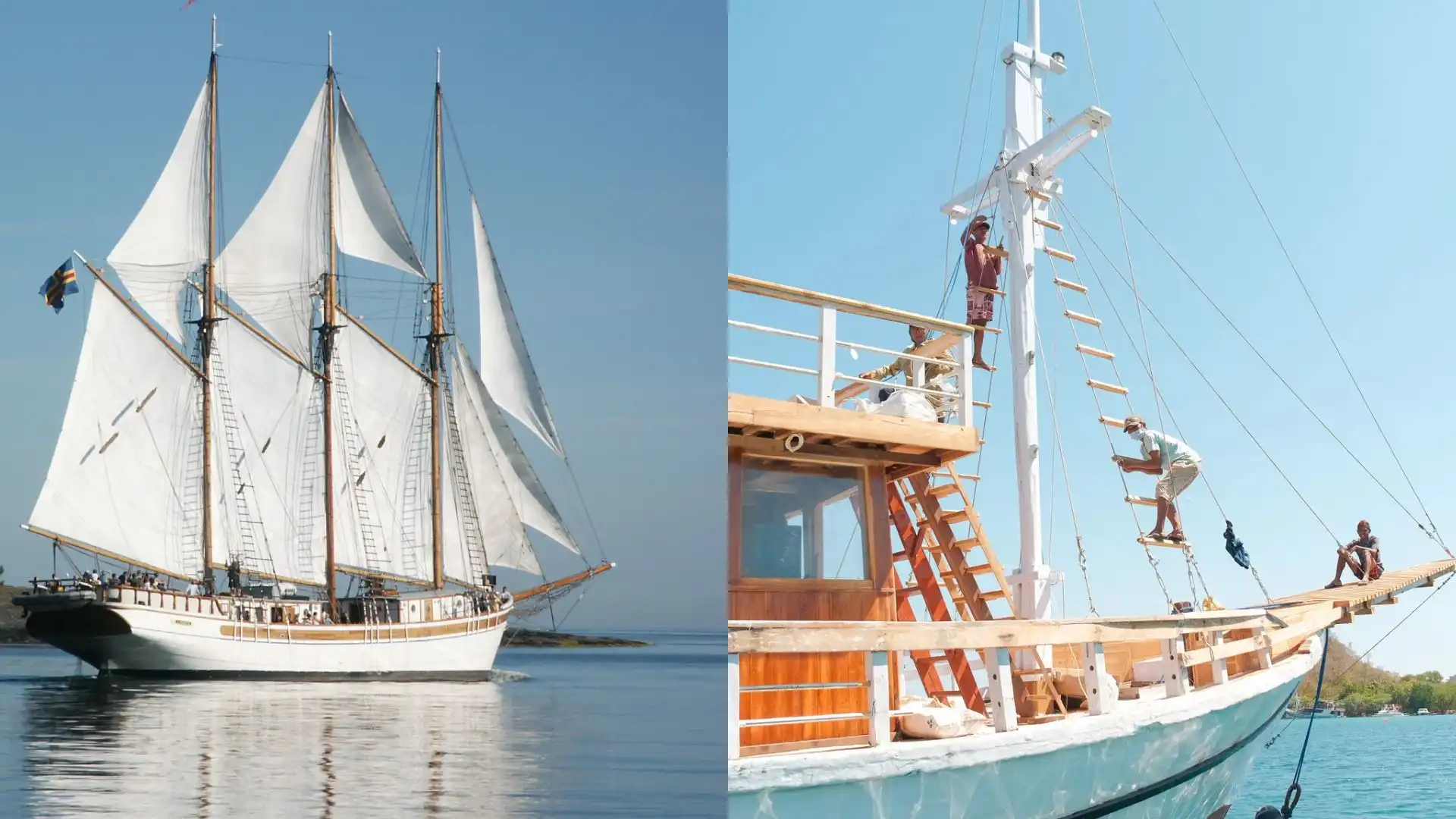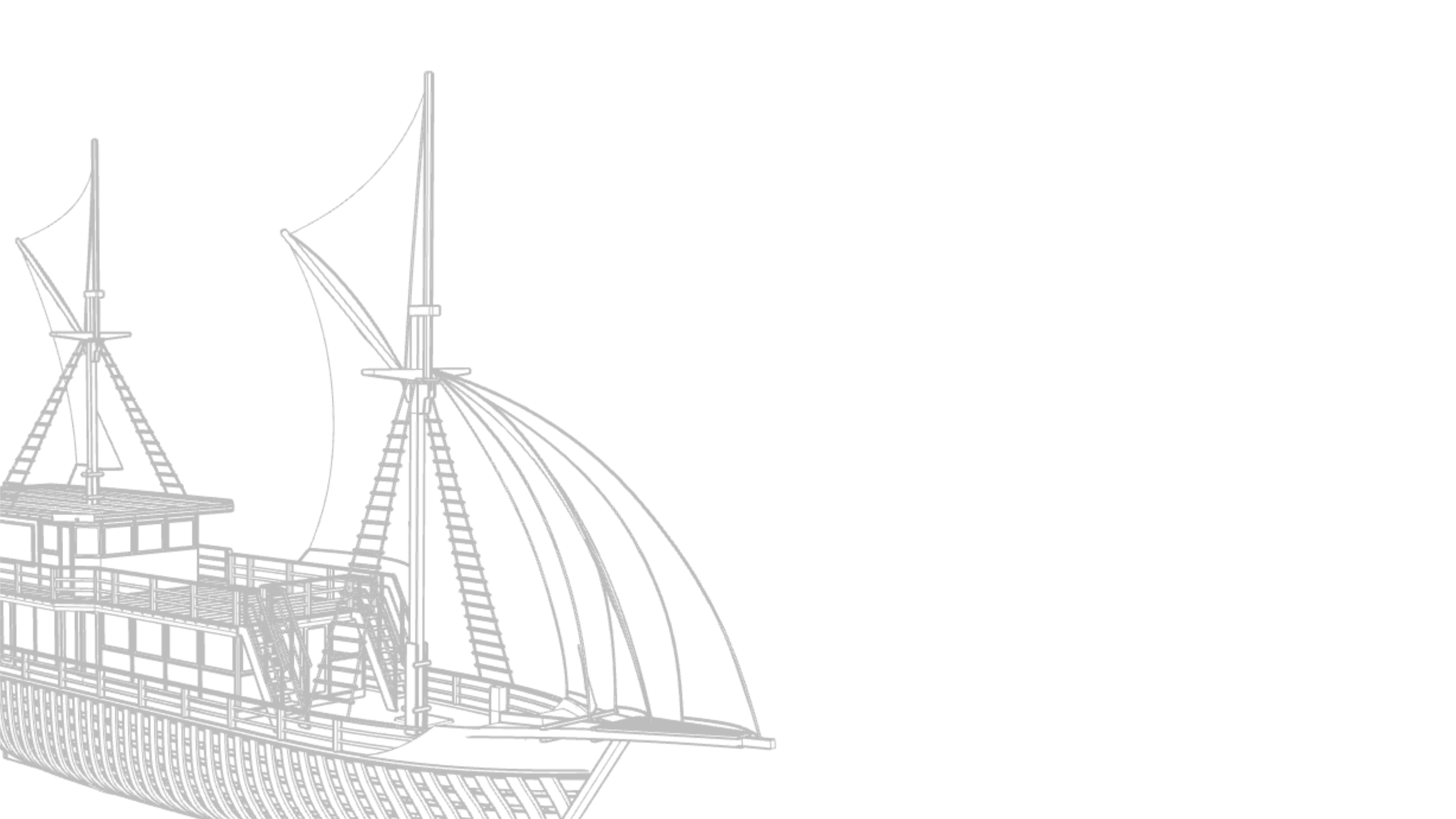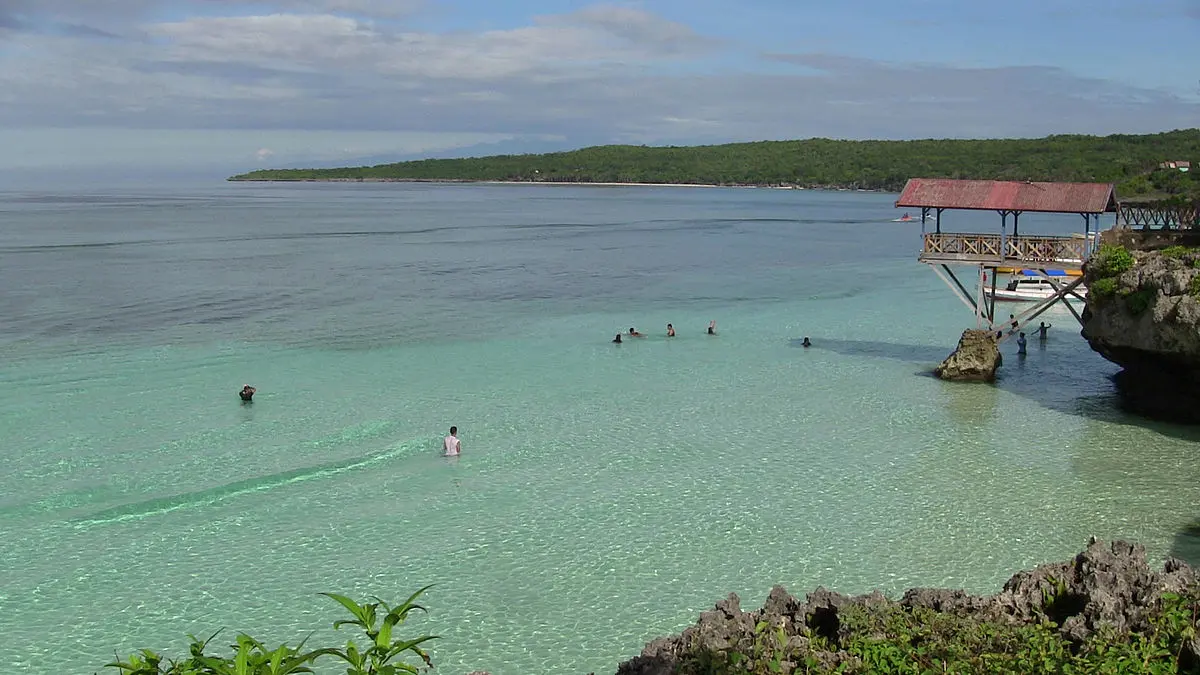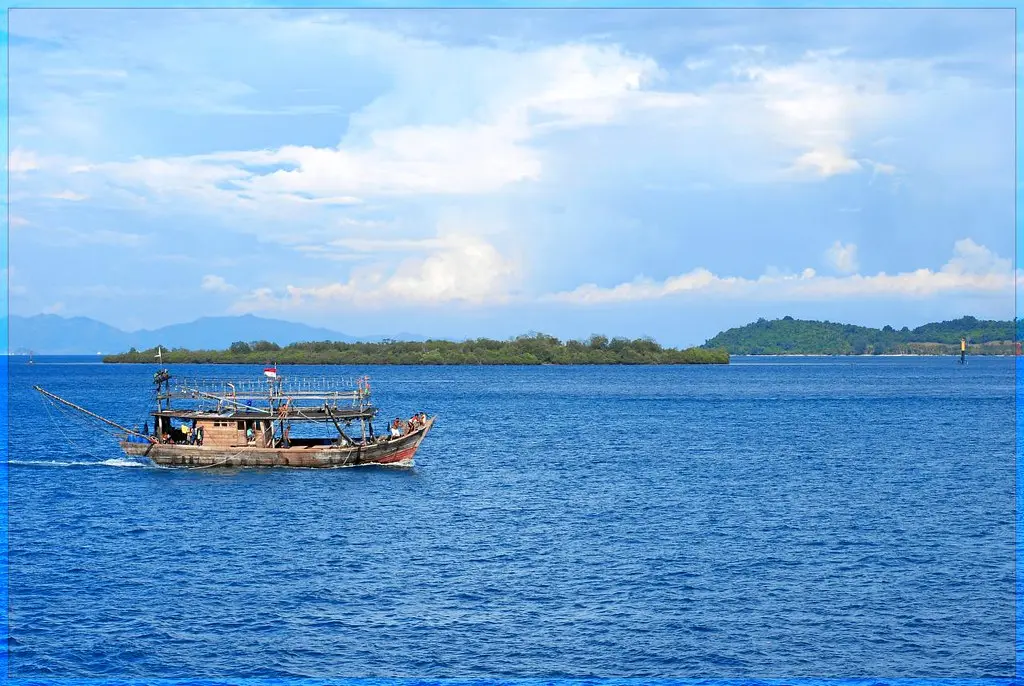5 Difference Between Phinisi and Schooner Explained for Curious Voyagers

The difference between Phinisi and schooner reflects more than ship design; it reveals deep cultural meaning, craftsmanship, and sailing legacy. While both are two-masted vessels, the Phinisi carries the soul of Indonesia’s maritime heritage, while the schooner represents Western naval innovation.
For Voyagers and maritime enthusiasts, understanding this comparison offers a deeper appreciation of seafaring traditions. But what really sets them apart? Let’s break it down.
Read Also: 10 Unique Bajau Tribe Facts About How They Live at Sea
What Is a Phinisi Ship?
A Phinisi is a traditional Indonesian sailing vessel that originates from South Sulawesi, crafted by the seafaring Bugis and Makassarese communities.
It’s more than just a means of transportation, it’s a cultural icon that continues to sail both the seas and the stories of Indonesia’s maritime heritage.
Key features of the Phinisi include:
- Two-masted wooden construction, originally designed for transporting goods across the Indonesian archipelago
- Built entirely by hand using time-honored techniques passed down through generations, especially in Tana Beru, a village famous for shipbuilding
- Recognized by UNESCO as an element of Intangible Cultural Heritage due to its cultural value and unique craftsmanship
- Deeply rooted in ritual and tradition, with spiritual ceremonies marking stages of construction
- Still in active use today, now adapted for tourism such as liveaboard diving cruises and eco-cultural voyages in places like Komodo and Raja Ampat
The Phinisi isn’t just a ship, it’s a living legacy that blends utility, art, and identity.
What Is a Schooner?
A schooner is a type of Western sailing vessel, originally developed in North America and Europe, known for its speed, efficiency, and versatility.
It became especially popular between the 18th and 19th centuries for both commercial and naval use.
Key characteristics of a schooner include:
- Two or more masts, typically with the foremast shorter than the mainmast, designed for optimized wind performance
- Engineered for speed and cargo transport, making it a preferred choice for trade, fishing, and even naval patrols
- Historically featured in merchant fleets and wartime naval operations due to its balance of agility and capacity
- Constructed using standardized shipyard plans, often with industrial tools and methods for mass production
- A product of Western maritime innovation, focusing more on utility and design efficiency than cultural symbolism
Unlike the Phinisi, the schooner reflects a more technical and commercial approach to seafaring, rooted in function rather than tradition.
Phinisi vs. Schooner: Key Differences
Though both the Phinisi and schooner share some similarities as two-masted sailing ships, they reflect vastly different origins, purposes, and meanings. For Voyagers curious about what makes the Phinisi unique, here’s how it compares across key elements:
1. Design & Structure
The Phinisi is traditionally handcrafted from tropical hardwoods such as ironwood, built without formal blueprints.
Shipbuilders rely on intuition, measurement by hand, and generational knowledge. Its sail rig and hull shape reflect centuries of adaptation to Indonesia’s seas.
In contrast, a schooner is constructed using standardized, often industrialized methods, with designs drafted in detail before building.
Materials may include timber or metal, depending on the period and purpose. Both vessels have two masts, but the Phinisi’s sail configuration, often triangular or gaff-rigged, gives it a distinctly different silhouette.
Read Also: Live Like a Bajau Sea Nomads: A Cultural Ocean Journey
2. Function & Usage
Historically, the Phinisi was used for long-distance trade across the Indonesian archipelago, especially during the spice trade era.
Today, it continues to sail—often repurposed for cultural tourism, diving expeditions, and eco-cruises in destinations like Komodo and Raja Ampat.
A schooner, on the other hand, served many purposes in Western maritime history. It was used for naval operations, fishing, cargo delivery, and later private recreation, adapting easily to commercial and personal needs.
3. Cultural Significance
The Phinisi is deeply tied to community identity and spiritual practices. Its construction includes rituals and offerings, and its design reflects local philosophy and respect for nature. It is a living expression of Bugis-Makassar maritime culture.
By contrast, the schooner—while iconic in its own right—is mostly valued for its performance and historical role in shipping. It lacks the same embedded spiritual and cultural symbolism, and is rarely tied to a particular ethnic or communal identity.
4. Construction Process
Phinisi ships are built in open-air shipyards by hand, often near the shoreline. The process is community-based, involving generations of boatbuilders and supported by oral tradition.
The work includes ceremonial elements, like offerings and blessings before key construction phases.
Schooners are typically built in shipyards using blueprints, with a crew of trained technicians and engineers.
The construction process is formal and industrial, lacking the communal, ritualistic aspects of Phinisi shipbuilding.
5. Visual Differences
Visually, a Phinisi is recognizable by its wide beam, curved hull, raised stern, and often ornate wood carvings.
These design elements reflect both practicality and cultural aesthetics, suited for sailing Indonesia’s varied coastal waters.
A schooner tends to have a longer, sleeker hull, designed primarily for speed and wind efficiency.
It looks lean and angular, with sails optimized for performance rather than display or ceremony.
Here’s a clear comparison table of Phinisi vs. Schooner to help Voyagers quickly grasp their key differences:
| Category | Phinisi (Indonesia) | Schooner (Western) |
| Design & Structure | Handcrafted from tropical hardwood, no blueprints, curved hull, distinct sail rig | Built with detailed plans, often industrial materials, sleeker hull design |
| Function & Usage | Used historically for trade; now for tourism, diving, and cultural sailing | Used for military, cargo, fishing, and personal yachts |
| Cultural Significance | Deeply spiritual; tied to Bugis-Makassar identity and built with rituals | Primarily functional; less cultural symbolism |
| Construction Process | Community-built with oral tradition and spiritual ceremonies in coastal shipyards | Built in formal shipyards with technical crews and engineered blueprints |
| Visual Differences | Wide beam, raised stern, often includes carvings and decorative features | Long, narrow hulls built for speed and wind efficiency |
Where to Experience a Phinisi Firsthand?
For Voyagers seeking to go beyond reading and truly live the story of the Phinisi, there are several unforgettable ways to encounter this cultural icon in the real world:
1. Tana Beru, South Sulawesi
Often called the birthplace of the Phinisi, Tana Beru is a coastal village where traditional shipbuilding still thrives.
Here, you can witness massive wooden hulls taking shape by hand, guided by centuries-old techniques, community rituals, and maritime wisdom passed down from master builders.
2. Komodo, Raja Ampat, and Beyond
Experience the majesty of a modern Phinisi as it was meant to be—under sail. Across Indonesia’s top sailing destinations like Komodo National Park or Raja Ampat, Phinisi ships now serve as eco-conscious dive liveaboards or cultural cruise vessels, blending heritage with comfort and sustainability.
3. Riara Marine’s Shipyard Workshop
For a hands-on journey into heritage, join Riara Marine’s Phinisi workshop in Bulukumba. Learn directly from the boatbuilders, try shaping wood or tying sailing knots, and immerse yourself in the rituals and stories that keep this living tradition alive.
Read Also: Who Are Indonesia’s Sea Nomads? Discover the Bajau People’s Ocean Life
Experience the Difference Yourself at Riara Marine
Ready to go beyond observation and feel the spirit of the Phinisi with your own hands? Join Riara Marine’s Phinisi Workshop in Bulukumba, the heartland of Indonesia’s traditional shipbuilding.
Here, Voyagers can:
- Learn directly from master boatbuilders who preserve centuries of Bugis-Makassar maritime knowledge
- Try your hand at wood shaping, rope crafting, or classic sailing knots, guided by those who’ve inherited the craft through generations
- Experience the cultural rituals that accompany every step of Phinisi construction—something no schooner build includes
- Understand the soul of the Phinisi, and why it’s more than a ship—it’s a vessel of identity, tradition, and pride
Book your spot now and discover firsthand the true difference between a Phinisi and a schooner—not just in structure, but in spirit.



